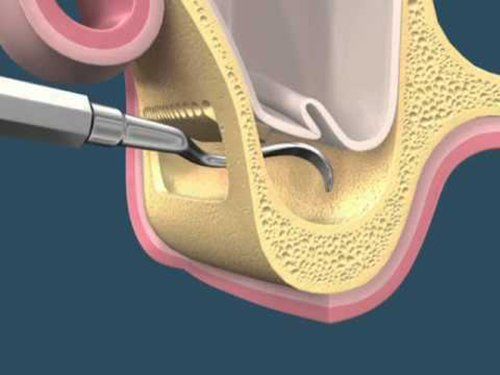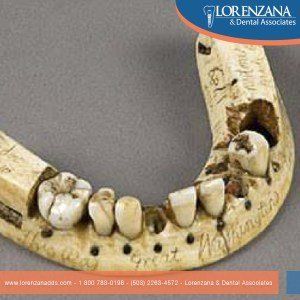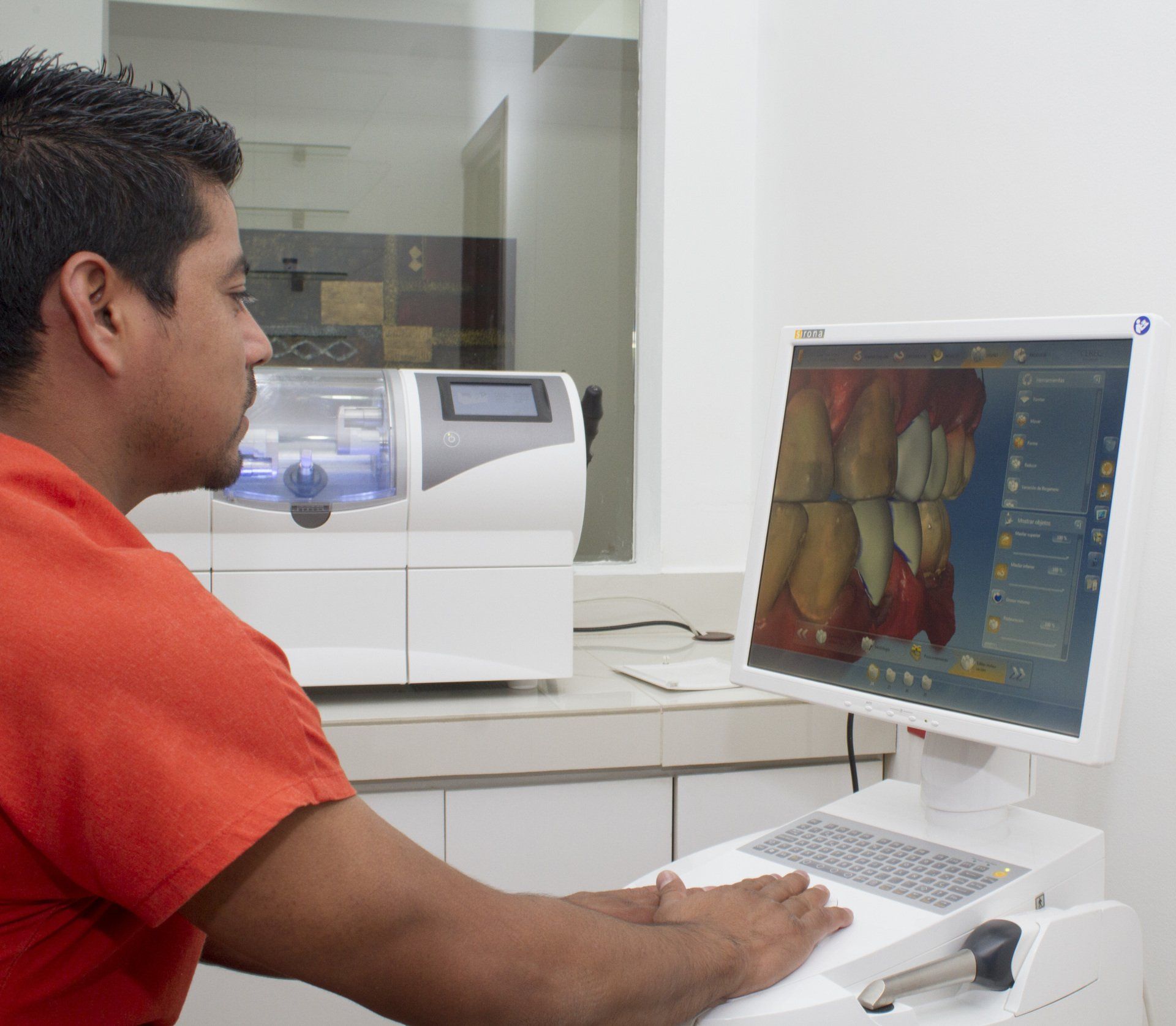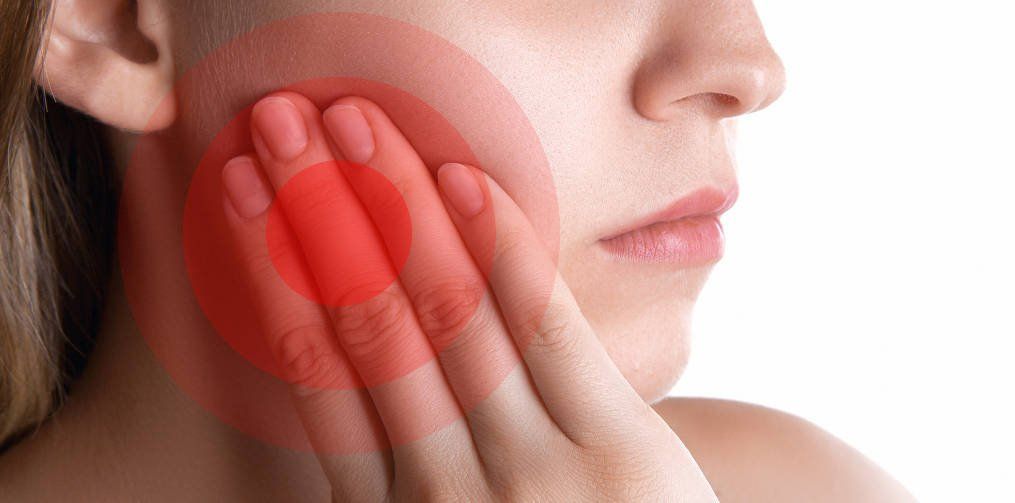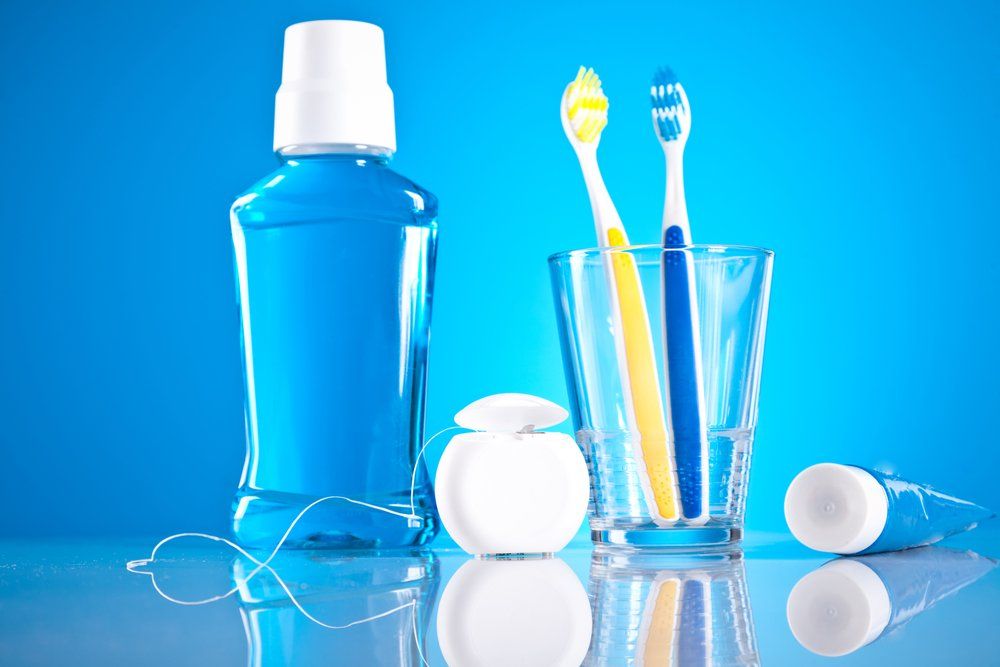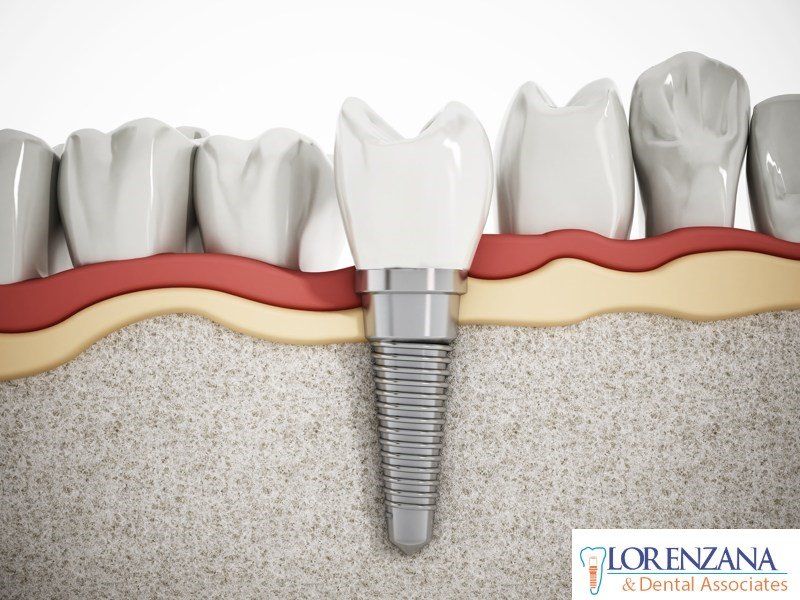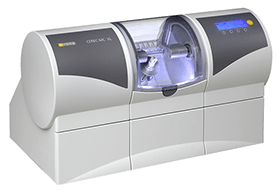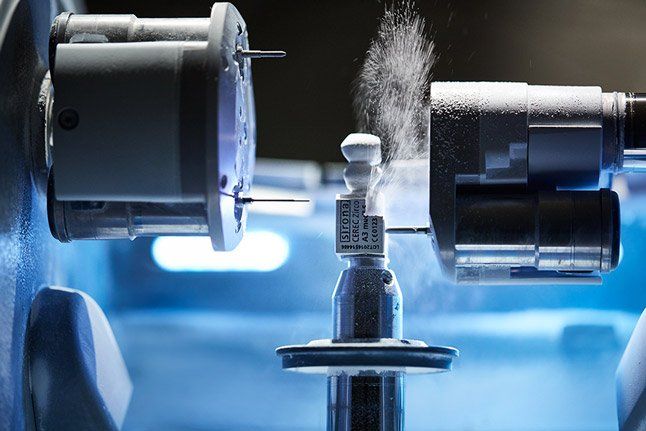Dental Implants - Periodontitis Solution
For patients with periodontitis (formerly known as gum disease) dental implants are : " THE SOLUTION".
Traditionally such patients were good candidates to lose their teeth. The only treatment that it could be offered is a scaling and root planning with regular visits to the dental office for a periodontal treatment . The final perspective was always the same : Removable dentures.
Implantes dentales- solución a la periodontitis
Para los paciente con periodontitis (antes conocida como piorrea) los implantes dentales son: "LA SOLUCIÓN". Tradicionalmente este tipo de pacientes estaban ineludiblemente avocados a perder sus dientes. El único tratamiento que podíamos ofrecerles era una higiene escrupulosa y periódicas visitas a la consulta para realizarse tratamientos periodontales. La perspectiva final siempre era la misma: la dentadura completa de quitar y poner. Ahora los implantes dentales han revolucionado la forma de tratar a estos pacientes, es importantísimo saber que los largos tratamientos periodontales no solo son inútiles sino que son perjudiciales porque mientras se hace un esfuerzo para conservar la pieza natural no podemos evitar que la enfermedad siga su curso y vayamos perdiendo hueso. Hay que saber cortar ese proceso antes de que sea demasiado tarde. El hueso es fundamental para una buena rehabilitación y para un resultado estético. En los casos extremos es muy difícil lograr estética. Previo a la decisión de colocar un implante a un paciente con periodontitis es necesario realizar un exhaustivo examen oral y radiográfico, con el fin de evaluar el hueso remanente después de un proceso tan destructivo. Se deberá determinar cuál será el procedimiento quirúrgico a seguir y que técnica se determinará para corregir el defecto óseo.
Un paciente que tuvo una enfermedad periodontal avanzada si puede ser candidato a que se le coloque un implante, donde el cirujano deberá determinar cuáles son las fases a seguir, pero regularmente se procede de la siguiente manera:
• Fase higiénica: durante la cual se le realizan al paciente detartrajes (eliminación de sarro o tártaro dental), curetajes (eliminación de sarro más profundo donde generalmente de hacerse por grupos de dientes pues es necesario anestesiar según sea lo requerido). Además educar y promover en el paciente la buena higiene oral.
• Fase regeneradora: durante esta fase el cirujano dental realiza los procedimientos quirúrgicos necesarios para reparar el defecto de hueso.
• Fase quirúrgica: en esta fase se colocara el implante dental. Posteriormente el tiempo de colocar la prótesis sobre implante deberá calcularse con sumo cuidado y teniendo en cuenta el tipo y clase de hueso presente en el momento de la cirugía.
El paciente, durante las tres fases anteriores, deberá realizarse controles periodontales y radiográficos para seguir muy de cerca la evolución del tratamiento periodontal, y tras la colocación de la prótesis sobre implante, deberá hacerse revisiones periódicas. Lorenzana & Dental Associates tiene el mejor equipo de rehabilitación en Latino América , su director el Dr. Rafael Lorenzana es miembro activo de la American Board of Prosthondontics en Estados Unidos, usted puede realizarse su tratamiento dental con la misma alta calidad como en Estados Unidos a un precio mucho más bajo. Llámenos 1-800-7830198 o envíenos un correo electrónico al siguiente correo: clinica@lorenzanadds.com, será un placer poder asistirle. Vea los testimoniales de nuestros pacientes: bit.ly/19p3r7M
